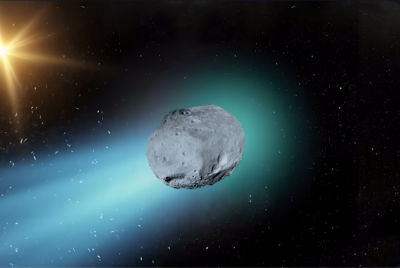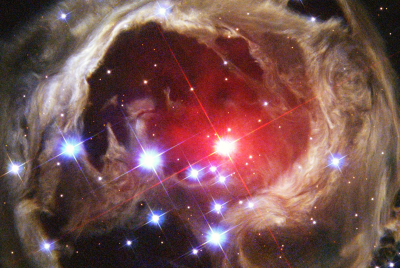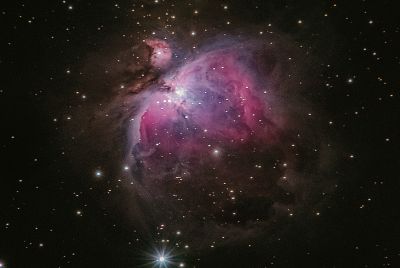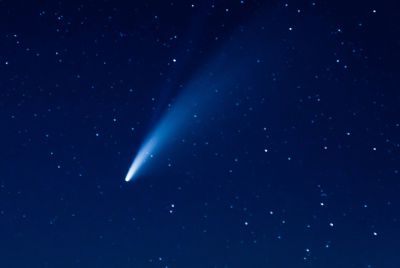Perseids Meteor Shower Illuminates the Night — What's Behind the Dazzling Display And Where To Catch It
Streaks of light will dazzle UK skies this summer as the Perseids return.
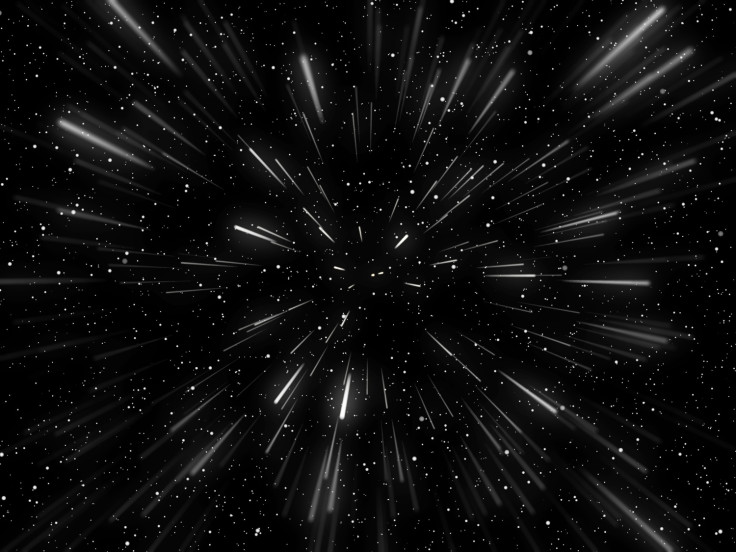
Sky gazers across the UK can witness up to 100 meteors per hour during this year's Perseid meteor shower, with prime viewing opportunities beginning as early as 18 July, despite challenging moonlight conditions at the traditional August peak.
The celestial spectacle promises bright streaks and dramatic fireballs—exceptionally luminous meteors that outshine typical shooting stars—as Earth passes through debris from Comet Swift-Tuttle. These cosmic grains ignite at approximately 80 kilometres altitude, creating spectacular flashes visible throughout the night sky.
Astronomers confirm the shower's extended active period offers UK observers multiple chances for exceptional viewing. The crucial dark-sky window from 18-28 July provides optimal conditions before the bright moon interferes with peak nights in mid-August.
What Are the Perseids and Where Do They Come From?
The Perseids meteor shower is one of the year's most spectacular celestial events, occurring annually as Earth passes through debris left by comet 109P/Swift–Tuttle.
The comet, orbiting the Sun every 133 years, disintegrates along its path, releasing dust and small rocks that burn up as meteors when they enter Earth's atmosphere at approximately 37 miles (≈60 km) per second.
Named after the constellation Perseus, where the meteors appear to radiate, the Perseids were first linked to Swift–Tuttle in 1865 by astronomer Giovanni Schiaparelli.
When and Where to Watch in 2025
In 2025, the Perseid shower runs from July 17 to August 23, reaching peak activity around August 12–13. Observers under clear, dark skies can expect to see up to 50–100 meteors per hour at peak.
The shower's radiant point, located near the constellation Perseus, positions meteors across the entire sky dome, making observation possible from any location in the UK with clear, dark skies. Rural areas away from light pollution offer the best vantage points.
However, this year's peak coincides with a bright Sturgeon Moon, which will be 84% illuminated on 9 August and waning over the peak nights, potentially obscuring fainter meteors. This makes the dark-sky window from 18 to 28 July, especially near the new moon on 24 July, prime for viewing.
Best Viewing Conditions
To get the most out of this year's Perseid meteor shower, timing and location are crucial. While the shower runs from 17 July to 24 August 2025, visibility will vary depending on light pollution, lunar brightness, and weather conditions.
Weather permitting, observers can expect regular shooting stars every few minutes, punctuated by occasional fireballs that leave glowing trails lasting several seconds. These larger meteors, some as bright as Venus, create the shower's most memorable moments.
Where to Watch
The best views are found far from artificial lights. For UK observers, this means seeking out designated Dark Sky Reserves or remote countryside areas. Prime locations include:
- Exmoor National Park (Somerset and Devon)
- Snowdonia National Park (North Wales)
- Northumberland International Dark Sky Park
- Galloway Forest Park (Scotland)
- South Downs or elevated clearings like Hampstead Heath in London, for urban stargazers
Avoid urban light pollution where possible, as even car headlights or house lamps can hinder your ability to see fainter meteors.
When to Watch
Meteor activity is typically most vigorous after midnight, peaking between 00:00 and 05:00 BST. This occurs when Earth is aligned with the direction of travel through the comet debris field, increasing meteor counts.
How to Prepare
- No equipment is necessary. Using binoculars or telescopes can limit your field of view.
- Lie on a blanket or reclining chair, facing north-east or directly overhead, and give your eyes at least 15–30 minutes to adjust to the darkness.
- Avoid looking at phones or other light sources, as they can disrupt your night vision.
- Bring warm clothing, especially if viewing from open rural areas or hills, as UK nights can become chilly even in August.
For Astrophotography
If you plan to photograph the meteors:
- Use a tripod-mounted DSLR or mirrorless camera
- Set to manual mode with ISO 800–1600, a wide aperture (f/2.8–f/4), and long exposure times (10–30 seconds)
- A wide-angle lens (14–24mm) increases your chance of capturing streaks across the sky
What You'll See
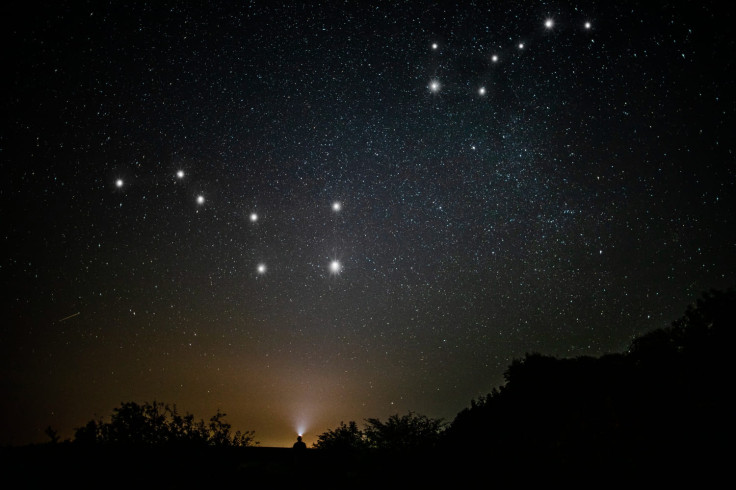
Expect bright streaks and occasional fireballs—larger, luminous meteors—as small grains ignite in the atmosphere. Most meteors burn up at altitudes around 80 km, creating dramatic nighttime flashes. The radiant point near Perseus makes meteors visible across the entire sky.
Why 2025 Is a Trade-off Year
This year offers a double-edged sky. Despite a bright moon hampering peak viewing, the combination of a long active period, higher meteor frequency, and a dark window before the peak (18–28 July) makes the Perseids still well worth watching.
Summary Table at a Glance
| Aspect | Details |
|---|---|
| Active Period | 17 July – 24 August 2025 |
| Peak Nights | 12–13 August 2025 |
| Meteors per Hour | 50–100 at peak, fewer outside |
| Meteor Speed | ~37 miles/sec (60 km/s) |
| Radiant Constellation | Perseus |
| Best Viewing Time | Midnight – 5 am |
| Optimal Viewing Dates | 18–28 July due to the new moon |
The Perseids remain a breathtaking event even when conditions aren't perfect. For optimal viewing this year, aim for the late July window under clear, dark skies, and prepare for sparkling skies and maybe even a few spectacular fireballs.
This year's shower continues through late August, providing persistent sky watchers numerous opportunities to witness one of nature's most reliable astronomical performances.
© Copyright IBTimes 2025. All rights reserved.






